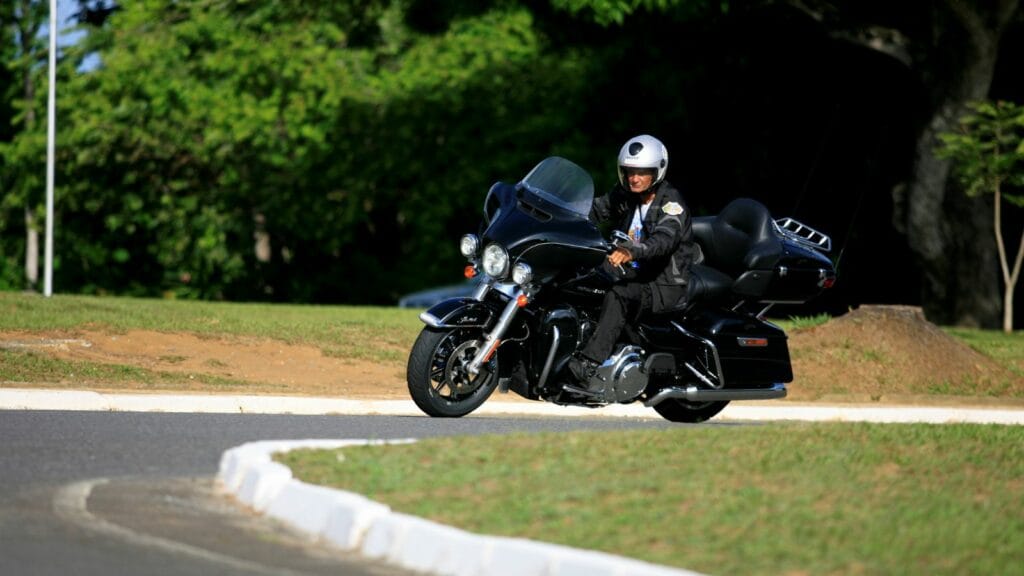Few motorcycles stir the soul like a Harley-Davidson. The rumble of the V-twin, the unmistakable silhouette, and the heritage dripping from every badge—it’s all part of the American motorcycling dream. But brand-new Harleys are expensive, which is why the used market is flooded with tempting older models. Are they worth it? The answer is: sometimes. To help you decide, here are ten expanded considerations, with real-world examples, model-specific quirks, and a touch of humor for good measure.
Reliability and Mileage
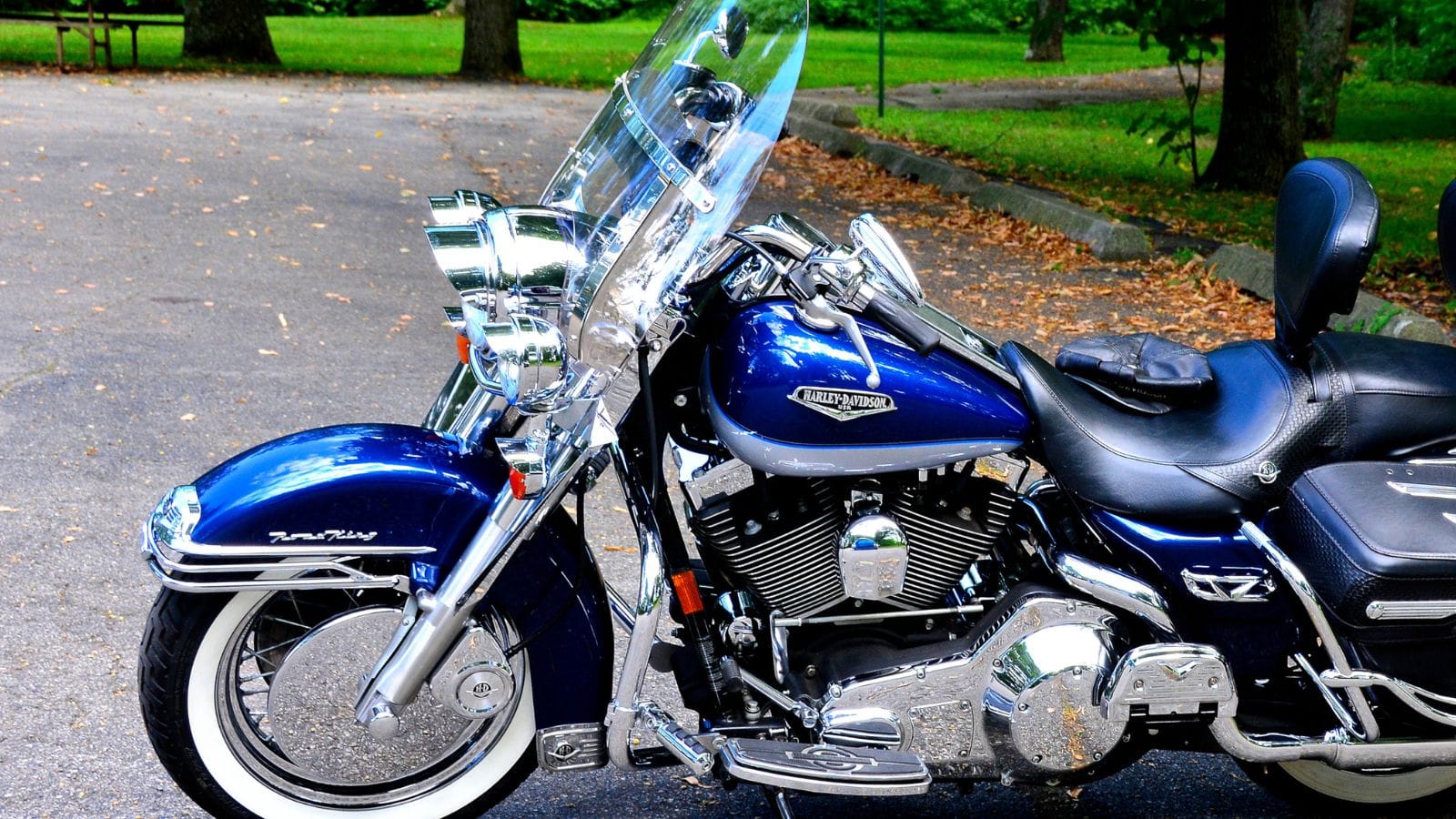
Mileage matters, but not the way most people think. A Harley with 40,000 well-maintained miles can be a far safer bet than one with 10,000 miles and no service history. Sportsters, for instance, often get treated as “first Harleys,” meaning they can be neglected by rookie owners who park them more than ride them. Meanwhile, a Road King with 50,000 miles from a touring fanatic may still have plenty of life left. Harleys are tough, but only if someone’s kept up with the oil changes and valve checks.
Engine Type and Era
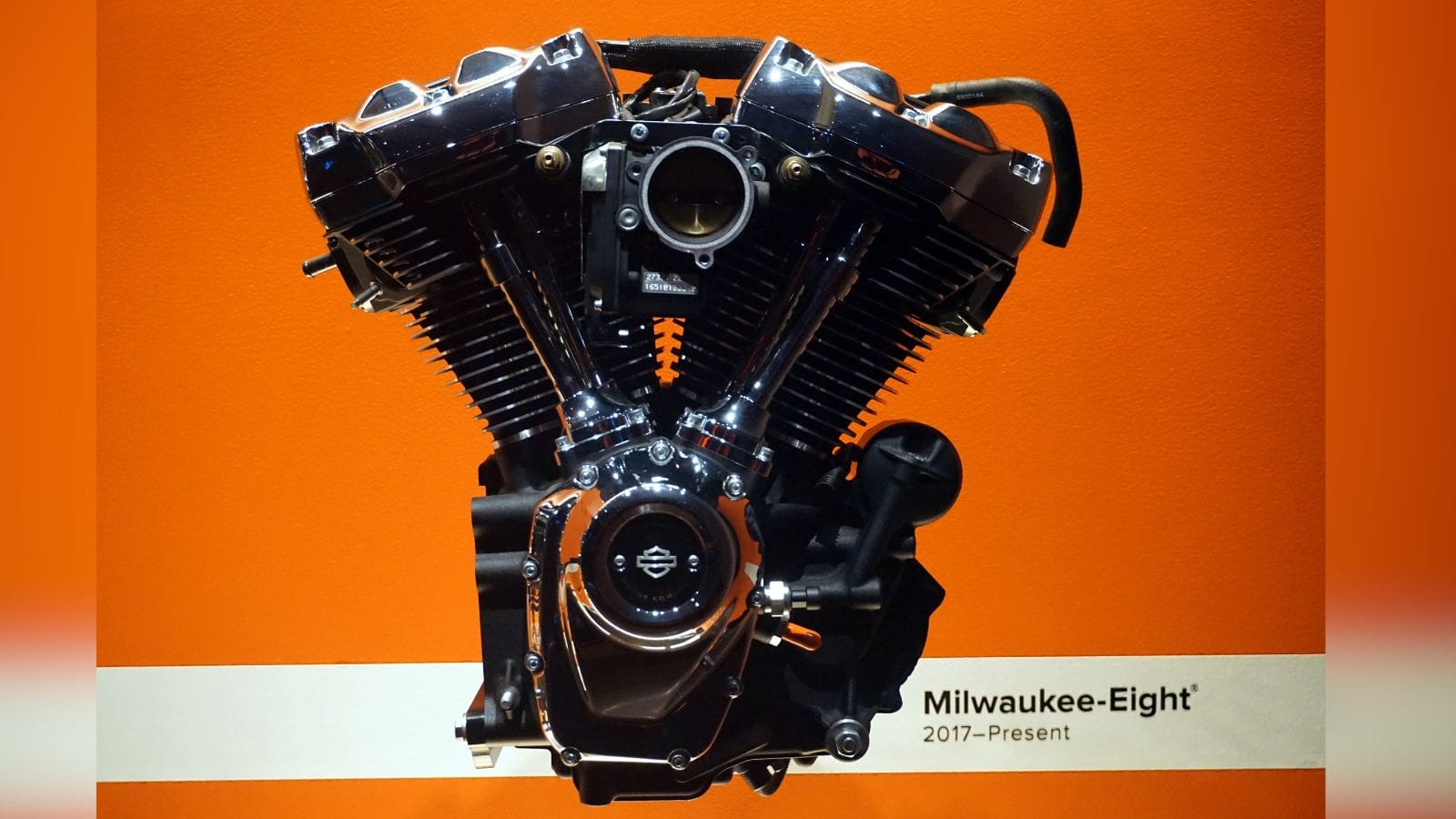
Every Harley engine comes with its own story. The Evolution (1984–1999) is revered for its reliability and relative simplicity—many call it the engine that saved Harley. The Twin Cam (1999–2017) offered more power but earned a reputation for early cam chain tensioner failures, something to check for before you buy. The newer Milwaukee-Eight (2017 onward) smoothed things out with better cooling and balance shafts, but you’ll rarely find one cheap. When buying used, knowing your engines can save you from buying a ticking time bomb.
Comfort and Ergonomics

Harleys come in all shapes and sizes, but comfort varies wildly. Older Softails often look fantastic but can rattle your fillings on rough pavement. A 1990s Sportster might feel cramped if you’re taller than average, while a Road Glide or Electra Glide will feel like your living room sofa on wheels—assuming you can handle the weight. Sit on the bike before you buy it, and better yet, ride it. That beautiful wide-handlebar chopper-style Softail might look cool in the driveway but torture your back after 100 miles.
Customization and Aftermarket Parts

One of Harley’s biggest strengths is its aftermarket. Even a 20-year-old model can be dressed up with chrome, new pipes, or a whole new stance. But here’s the catch: too many mods can be a red flag. A “Stage 1 upgrade” with pipes and a tune is common and fine. But if the bike looks like it was built in a back-alley workshop with mismatched parts, be wary. Sportsters are notorious for wild backyard bobber conversions, and while some are works of art, others are just “Facebook Marketplace specials” held together with duct tape.
Price and Depreciation
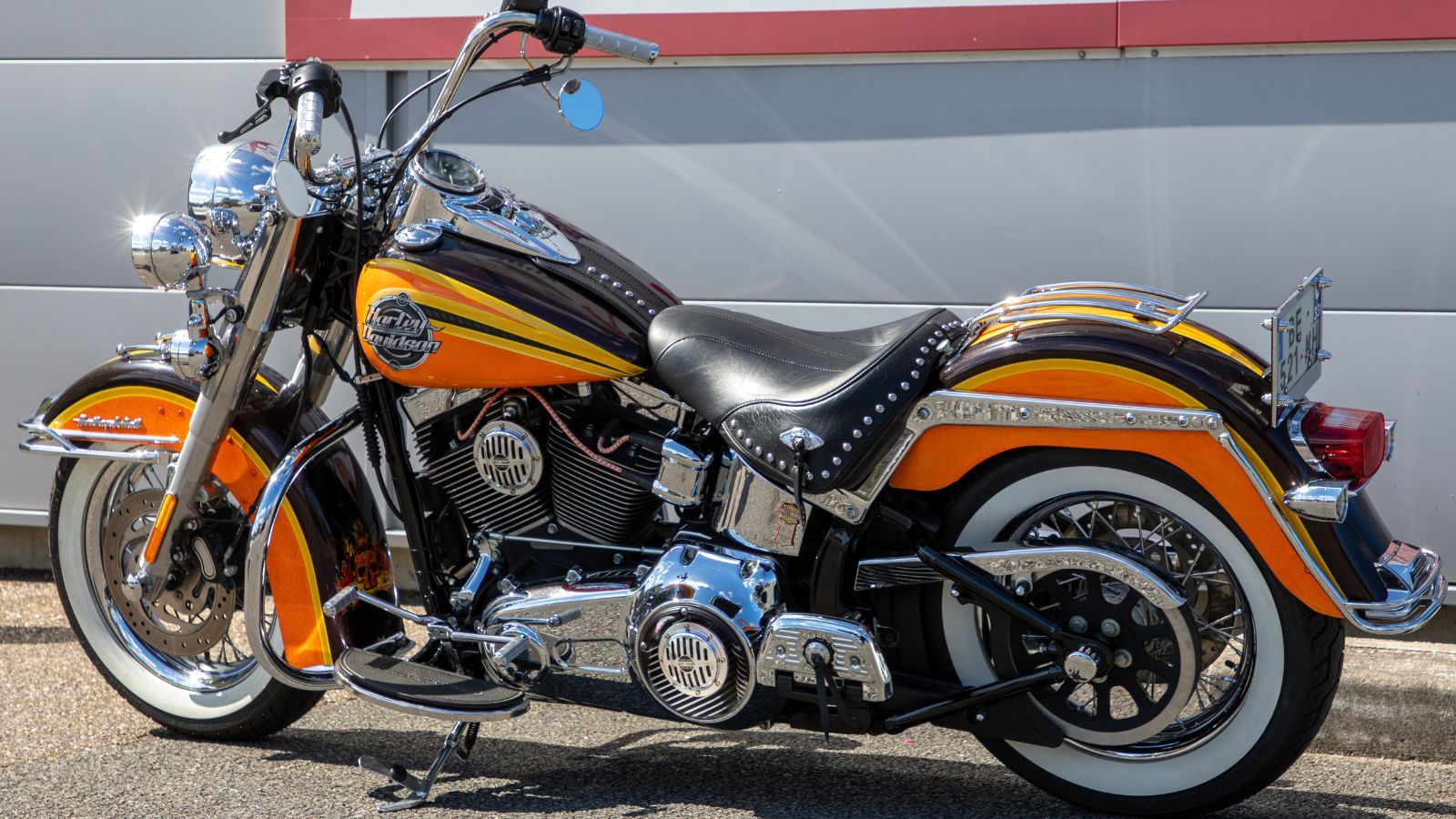
Older Harleys do hold their value better than most Japanese cruisers, but that doesn’t mean every asking price is fair. Mid-2000s Softails and Dynas often sit in a sweet spot, offering modern reliability without crazy prices. Sportsters are bargains in comparison—sometimes under $5,000 for a solid rider. Touring models like the Road King hold value well, but watch out for sellers who think “custom paint job” adds thousands to the price. It doesn’t.
Insurance Costs
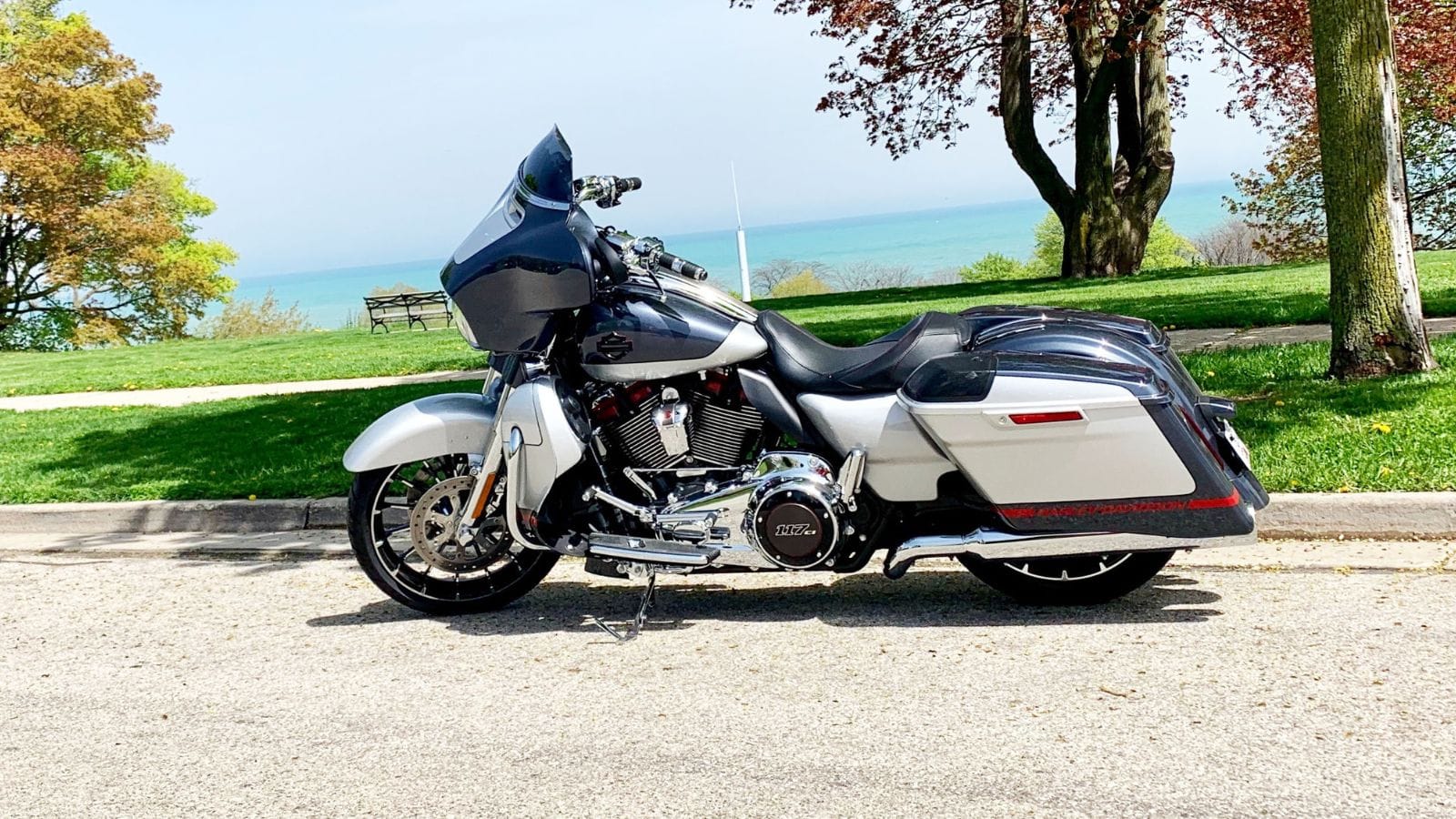
Think buying an older Harley automatically means cheaper insurance? Think again. A 1200cc Sportster might cost less to insure than a 103ci Dyna, but premiums are influenced by theft rates, modifications, and your riding history. Popular models like the Street Glide and Road Glide are often prime theft targets, driving up costs. On the other hand, vintage Harleys sometimes qualify for classic bike insurance, which can be surprisingly affordable if you only ride occasionally.
Maintenance and Repairs
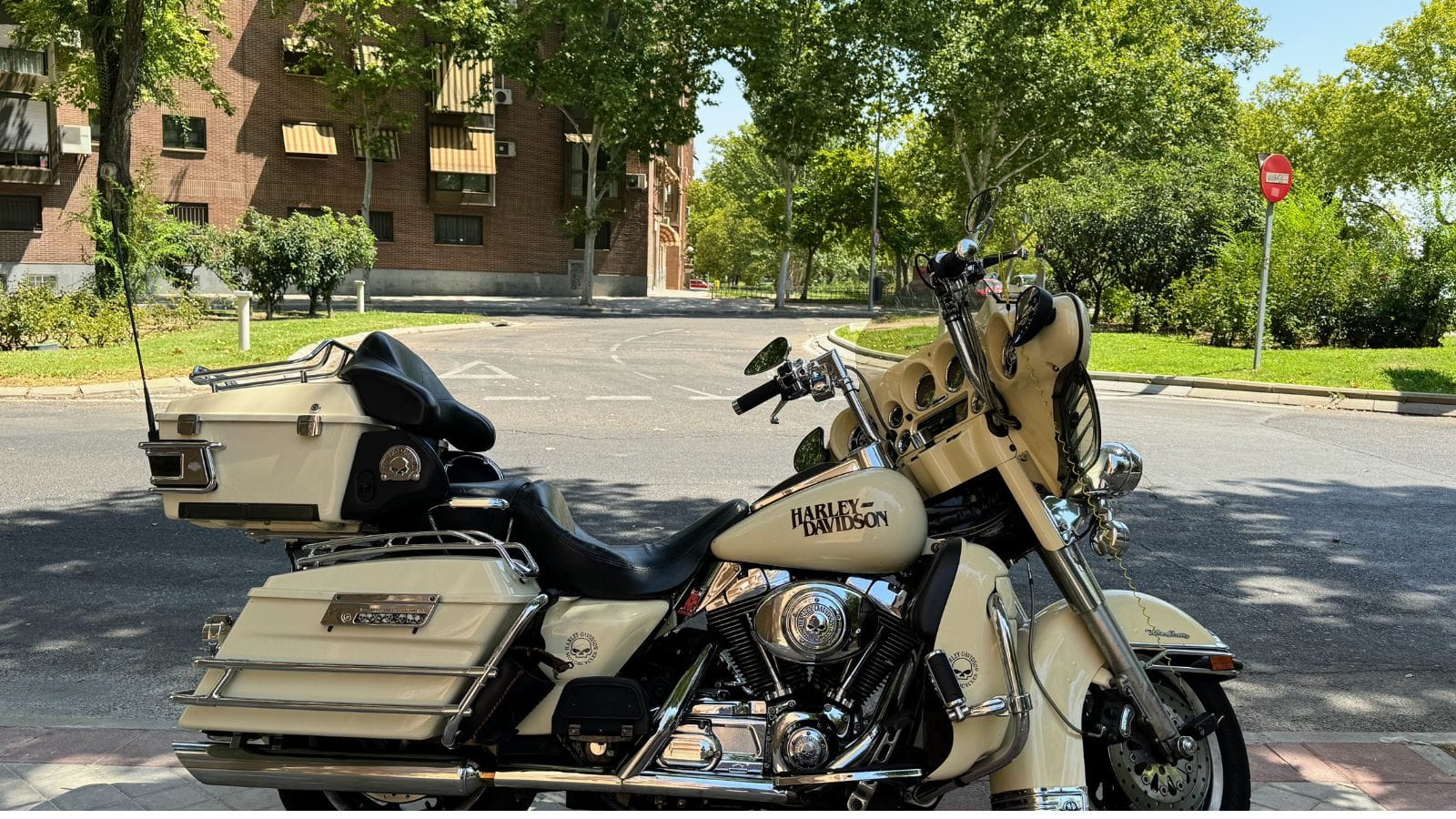
Older Harleys can be easier to work on than modern bikes. Pre-2007 carbureted models are relatively simple to tune, while newer fuel-injected ones often require diagnostic tools. The Twin Cam cam-chain issue is infamous, but once fixed, they’re generally bulletproof. Road Kings and Electra Glides are notorious for eating rear tires quickly, thanks to all that weight. DIYers will find Harleys rewarding projects, but if you’re not mechanically inclined, remember that dealership labor rates can be as high as premium European brands.
Technology (or Lack Thereof)
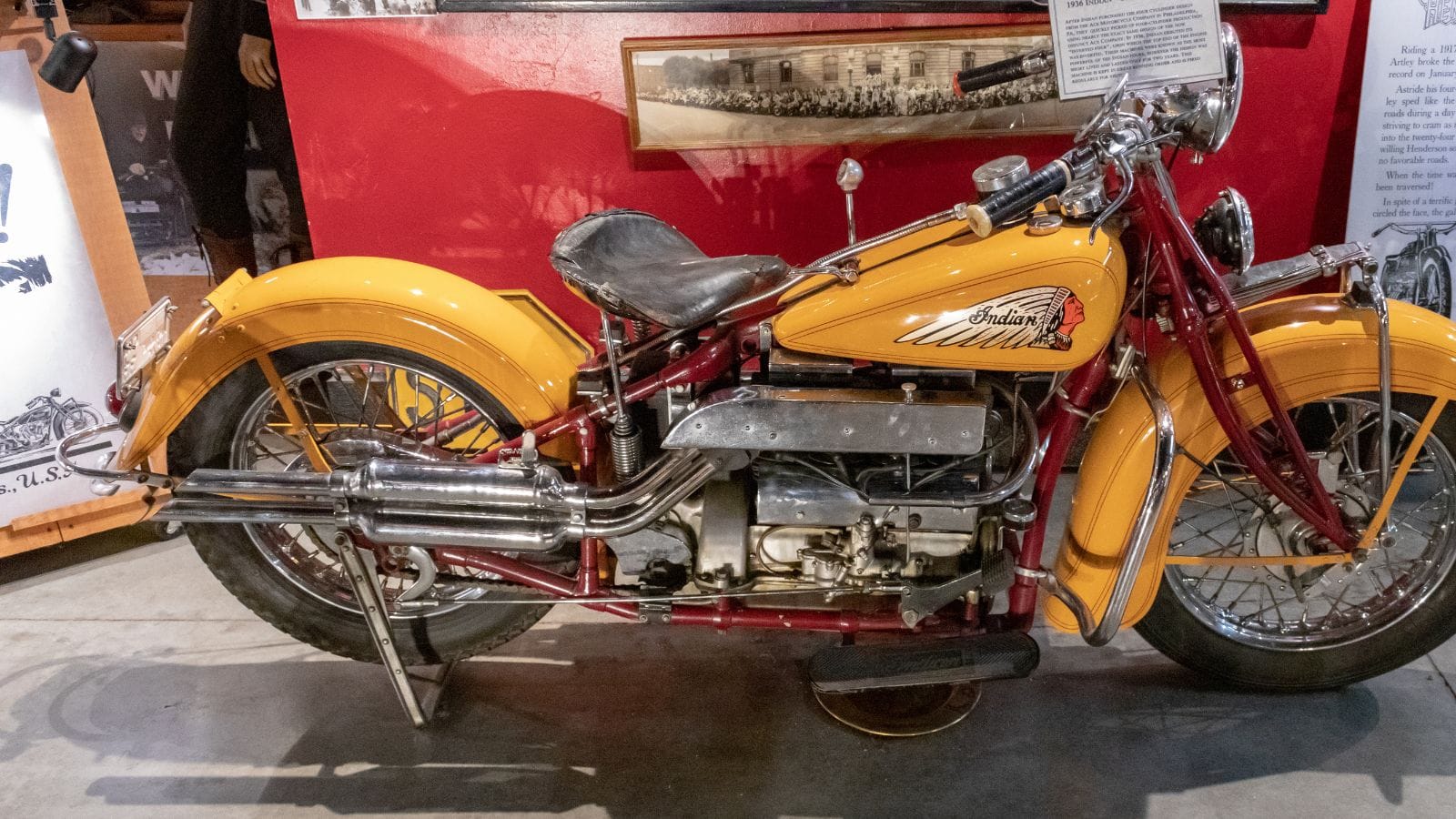
Don’t expect ABS, traction control, or ride modes on anything older than the late 2000s. Many older Harleys didn’t even come with fuel injection until 2007. For some, that’s part of the appeal: nothing but you, the bike, and the road. Carburetors are a joy for riders who love tinkering, but a headache for those who want “just push the button and go.” If you’re used to modern tech, an older Harley can feel charmingly analog—or frustratingly primitive.
Ride Style and Purpose

Not every Harley suits the same lifestyle. A Sportster 883 makes a fantastic city bike or weekend cruiser, but it’s not a cross-country machine. A Road King, on the other hand, can eat highway miles with ease but feels like piloting a battleship in city traffic. The Dyna is the darling of the custom scene and offers a blend of agility and power, while the Softail Heritage leans into classic styling and comfort. Know what you want to do with the bike before you commit.
Community and Heritage
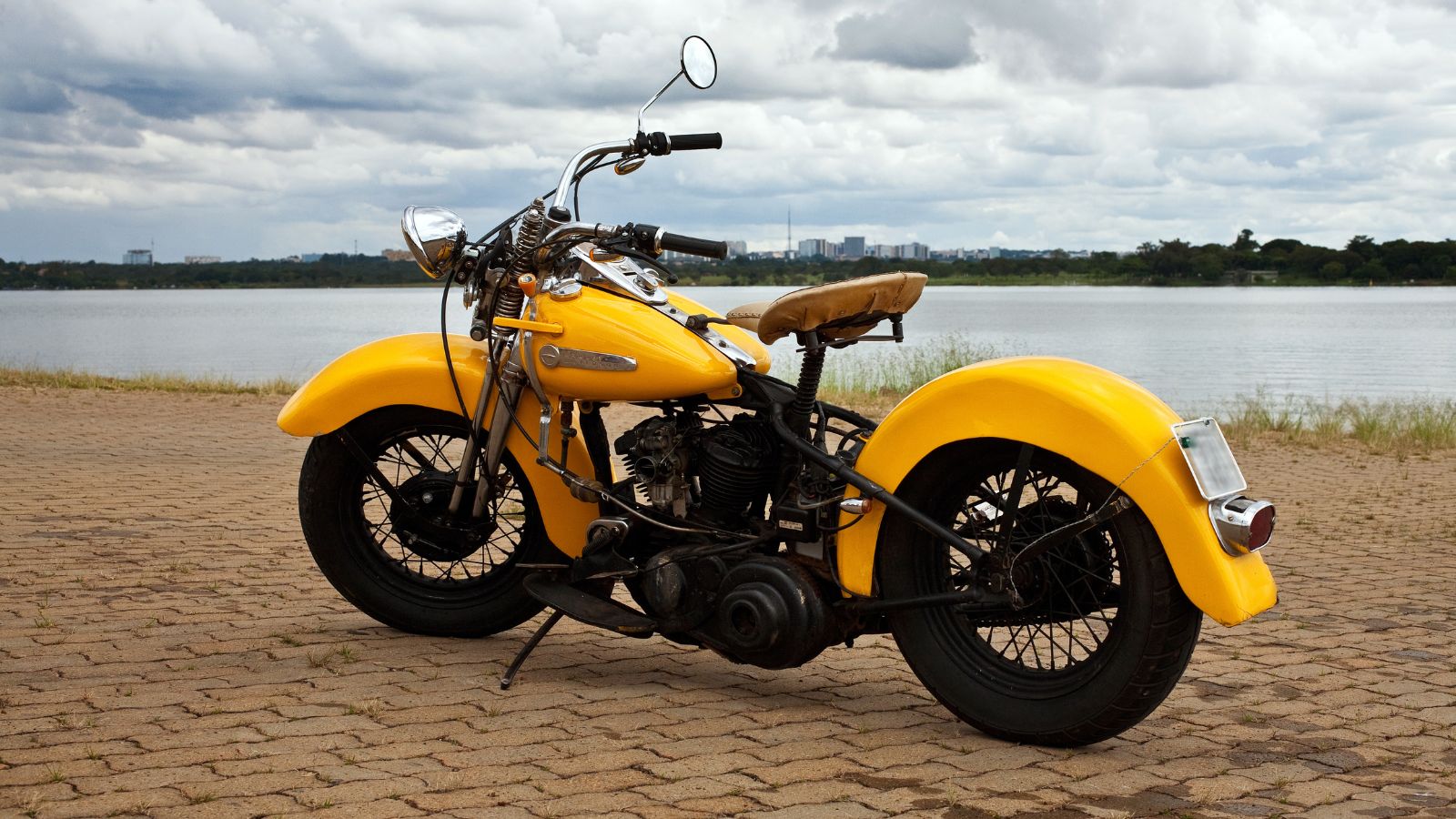
Buying a Harley isn’t just about the motorcycle—it’s about joining a culture. Owning an older Harley still grants you access to Harley Owners Group events, rallies, and a community that spans the globe. You’ll meet riders who’ve been wrenching on Evos since the ’80s and others who’ve racked up 100,000 miles on their Road Kings. That sense of belonging and shared history is worth almost as much as the bike itself. Just be prepared for good-natured ribbing if you show up on a Honda Rebel instead.
25 Facts About Car Loans That Most Drivers Don’t Realize

Car loans are one of the most common ways people fund car purchases. Like any other kind of loan, car loans can have certain features that can be regarded as an advantage or a disadvantage to the borrower. Understanding all essential facts about car loans and how they work to ensure that you get the best deal for your financial situation is essential. Here are 25 shocking facts about car loans that most drivers don’t realize:
25 Facts About Car Loans That Most Drivers Don’t Realize
